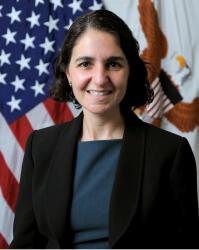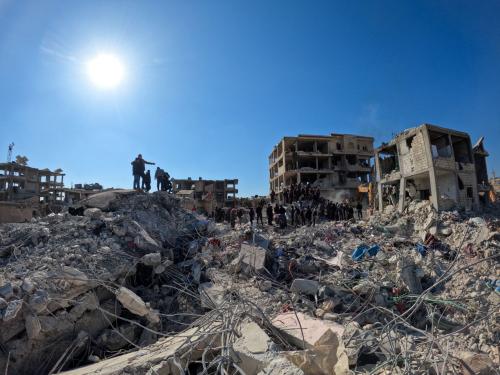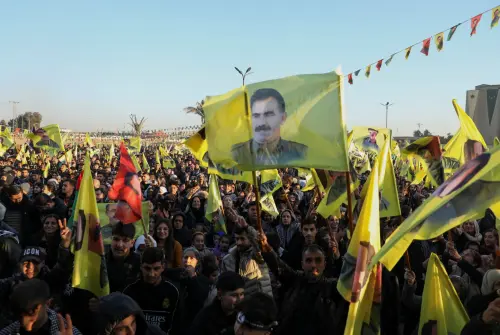In Unpacked, Brookings experts provide analysis of Trump administration policies and news. Subscribe to the Brookings Creative Lab YouTube channel to stay up to date on the latest from Unpacked.
THE ISSUE: The military and humanitarian crisis in Syria continues and is growing more complicated every day. The conflict includes a wide array of actors, each of which have different and often conflicting incentives and priorities in the region. As it becomes increasingly clear that the Bashar Assad regime will stay in power and that ISIS is on its way to complete military defeat, the United States must clearly define its prime objectives in the Middle East.
Whatever policy the United States chooses, it’s crucial that it recognizes that you cannot simply put the Middle East in a box and close the top of it.
THE THINGS YOU NEED TO KNOW
- The conflict in Syria continues and has now lasted over seven years. It involves a dizzying array of local, regional, and global actors.
- While the horrific violence continues, it is increasingly clear that the Assad regime in Damascus has maintained its control of large swaths of Syria.
- Untangling the webs of alliances in Syria is an exhausting and complicated process. There is a wide array of opposition groups within the country, as well as the Assad regime, which is supported by Iran, Hezbollah, and Russia. Although ISIS appears to be on verge of capitulation, some lingering elements of the group remain active.
- The United States’ position dating back to the Obama administration has been that Assad must leave power.
- Turkey plays a complicated role in the conflict because it is fighting against some elements of the opposition that are supported by the United States.
- Some Persian Gulf states have supported the anti-Assad opposition.
- Many of these actors formed alliances aimed at the military defeat of ISIS, but some of these marriages of convenience are now ending in bitter divorces.
- Although the Assad regime now appears likely to remain in power, there are questions about the final status of Syria’s territory, particularly the roughly 30 percent of the country that remains beyond the regime’s control.
- There are also questions about the long-term presence of Iran, Russia, and Hezbollah in Syria, as well as about the future of millions of Syrians who have been displaced by the conflict.
- The military defeat of ISIS may actually complicate the situation for the United States by forcing Washington and others to address complicated issues such as political reconciliation, stabilization, and reconstruction.
- The United States needs to determine its goals and priorities in the Middle East. For instance, will Washington choose to maintain a military presence in Syria, and if so, to advance what objective? Alternatively, will the United States choose to focus on the humanitarian fallout from the war? Or will regional reconstruction be the top priority after years of conflict?
- The Syrian conflict has demonstrated that containing conflict in the Middle East is difficult at best and that the usual rules do not apply in this region.
- Syrian refugees have damaged the unity of the European Union, and have influenced domestic politics outside of the Middle East.
- Whatever policy the United States chooses, it is crucial that Washington recognizes that the Middle East cannot be simply put into in a box and closed up.
The Brookings Institution is committed to quality, independence, and impact.
We are supported by a diverse array of funders. In line with our values and policies, each Brookings publication represents the sole views of its author(s).





Commentary
Syria’s civil war is far from over
March 23, 2018